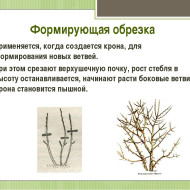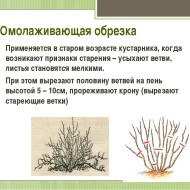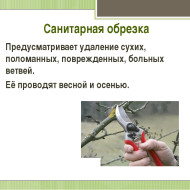Secrets of successful gardening: how to grow a silver shepherd in the country
Content
General description of berry culture
A voluminous shrub with thorny shoots, up to 6 m high, with dense, hairy foliage of a rich green color and silvery stems. The green and silver ensemble is wonderfully complemented by glossy red berries that coquettishly peek out from under the leaves. Much shorter in height - only up to 1.5 m - canadian shepherdia, which has smooth brown stems and is distinguished by a high degree of winter hardiness.
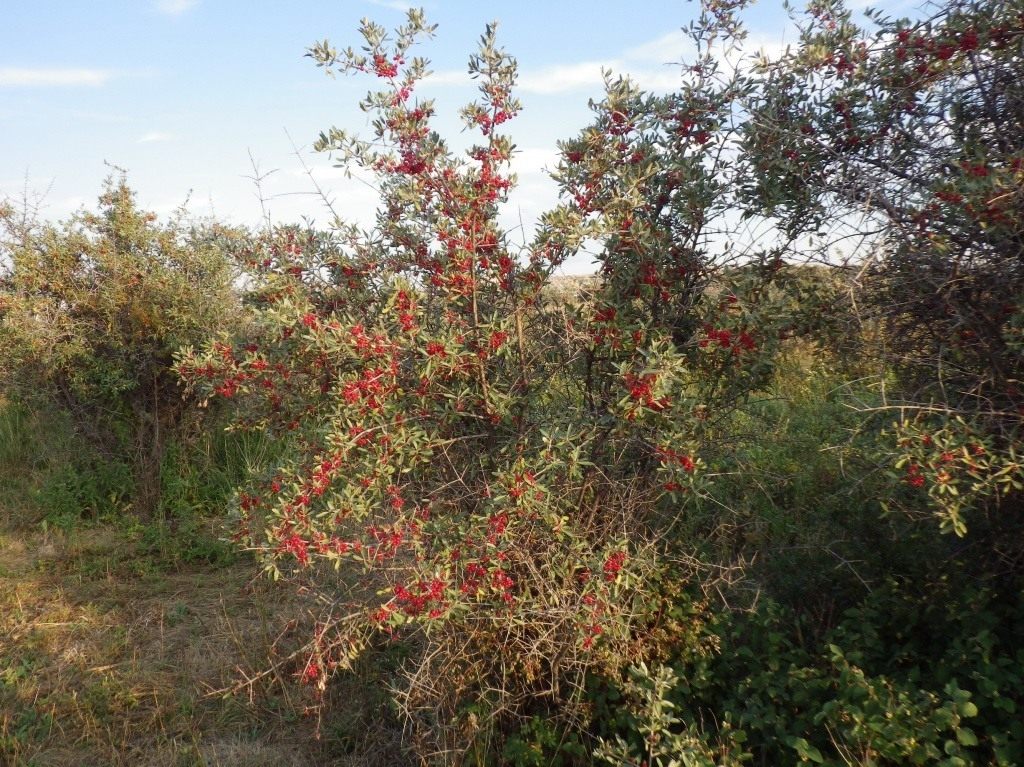
Shepherdia silvery belongs to dioecious plants, therefore, "male" and "female" trees are needed for pollination.
Flowering period and ripening time
Shepherdia blooms with small yellowish flowers, which gather in spikelets in the "male" trees, and are arranged singly in the "female" trees. The flowering period usually begins in early April and lasts up to 20 days. Ripening occurs in mid-August, but experienced gardeners know that the longer the fruits are on the branches, the sweeter their taste.
Timing of fruiting
The life span of a tree can reach 60 years, the shrub bears fruit up to 40-50 years. Flowering and fruiting, depending on the place and growing conditions, occurs 2-3 years after planting. Fruiting is annual, ripe fruits are easily separated from the shoot.
Yield indicators
The first harvest can be in the range of 13-15 kg, increasing every year. As a result, this figure can be 30 kg.

Winter hardiness
In addition to resistance to diseases and pests, the shrub has a high degree of frost resistance. This makes it possible to grow the plant in the northern regions, in Siberia and the Urals. She is not afraid of return frosts in winter, which are destructive for many berry crops.
Video "Description of the Silver Shepherdia"
This video tells about the features of an ornamental fruit shrub.
Advantages and disadvantages
Culture has a number of advantages, among which there are useful properties for human health:
- unpretentiousness to growing conditions and care;
- high degree of frost resistance;
- lack of susceptibility to fungal infections and pest attacks;
- ease of reproduction;
- good transportability;
- medicinal properties: it copes well with colds and helps to overcome viral infections, has an excellent effect on general well-being and strengthens the immune system, normalizes the work of the digestive and cardiac systems, strengthens blood vessels and capillaries, prevents atherosclerosis;
- the possibility of using in cooking.
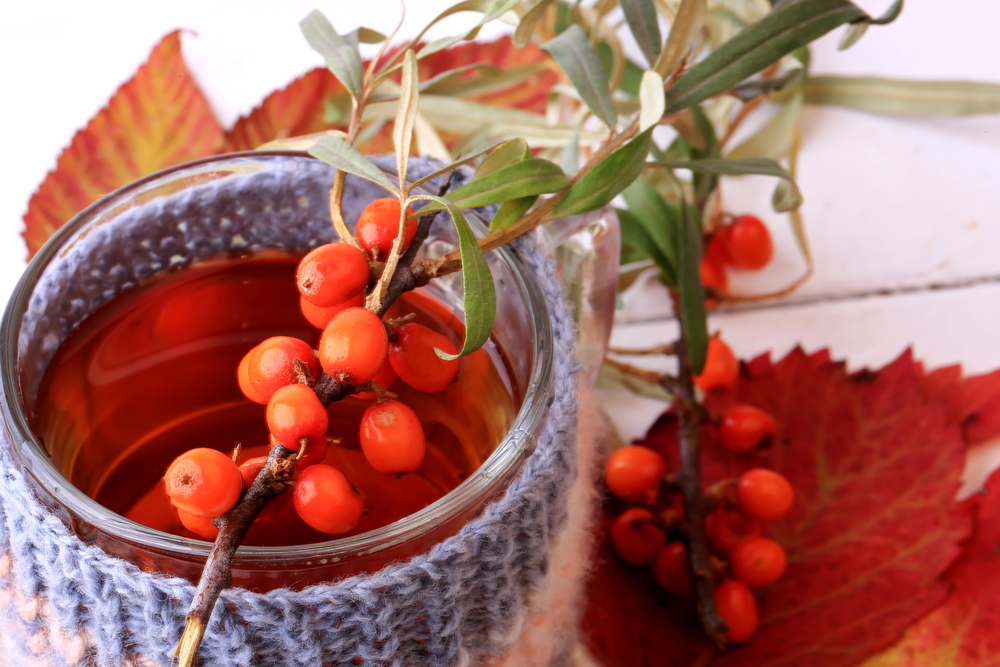
Landing rules
The tree does not need special growing conditions, it feels great both on rocky and steep areas. Strong and branched root system perfectly absorbs and retains moisture.
Recommended timing
Like most trees, shepherdia is planted in the spring after the soil has thawed and warmed up. In most regions, this time falls in early April. But this must be done before the kidneys wake up. This is especially true in the Urals and Siberia.
Site selection and soil preparation
For planting, it is recommended to choose a sunny, spacious place. Space is a must for an extensive root system. Lowlands and swampy soils are not suitable for shrubs - fog and stagnant water can have a detrimental effect on the roots and provoke their decay.
Any loamy and sandy loam soils are suitable for cultivation. Shepherdia bears fruit equally well in any of them.
If groundwater is located quite close to the surface, a mulch layer is indispensable. The plant can independently enrich the soil with nitrogen due to the presence of nitrogen balls on the roots.
Selection and preparation of seedlings
A seedling aged from one to one and a half years is best suited for planting. They must have a developed root system.
Healthy root shoots are cut off by a few centimeters without affecting the nodules, the shoots are shortened by ⅓. Then the seedling is placed in a solution of a growth stimulant or potassium permanganate.
Algorithm and scheme of landing
The planting hole should be at least half a meter in diameter and in depth. A drainage layer and a layer of fertile soil are poured into the pit. Then the seedling is placed and the roots are straightened. Sprinkling the plant with soil, it is periodically shaken so that the soil remains light and airy, but lies in a dense layer.
For decorative varieties, half a meter of distance between seedlings is enough. Large shrubs should be planted at a distance of at least 2 m. After planting, the seedling is watered in the zone of the trunk circle. Then mulch with peat or humus.
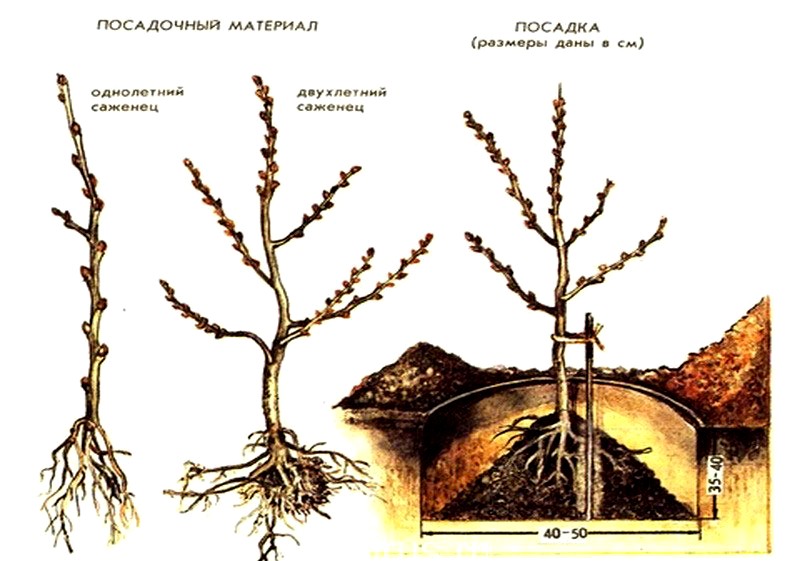
Follow-up care of the culture
According to gardeners' reviews, Shepherdia does not need special care, a minimum of agrotechnical measures is enough.
Watering and fertilizing
A shrub rarely needs watering, usually it receives enough moisture from precipitation. However, in hot dry periods and in regions with prolonged periods of heat and drought, the soil around is systematically loosened and watered.
The first feeding is carried out even during planting, applying organic fertilizers: diluted manure, humus or compost. Then you can add mineral complexes enriched with calcium and magnesium once a year.
Shrub pruning
One of the most important maintenance aspects is pruning. Sanitary pruning is carried out annually in order to remove damaged and dry shoots and thinning the crown. Incorrectly growing shoots are also removed, which interfere with the growth of fruiting shoots and impede the access of light and air to them.
Also, pruning is performed in order to form the crown. And it is easier to care for a short plant. For rejuvenation, the branches are pruned by ⅓ every seven years. If the crown droops under the weight of the shoots, then it is necessary to cut off all branches, except for those growing vertically.
- Formative
- Rejuvenating
- Sanitary
Preparing for winter
Since shepherdia silvery can withstand frosts down to -45 ° C, only young immature plants need preparatory measures. They are insulated with a special covering material or mulched with peat. Mature plants only need shelter at temperatures below 45 ° C.
Diseases and pests
The shrub rarely suffers from plant diseases, therefore it does not need preventive treatment with fungicides. And no pests of Shepherdia are terrible. It is the ability to do without the use of insecticides and fungicides that allows you to grow an environmentally friendly crop.
How does shepherdia silvery reproduce?
Another advantage of the red-fruited sea buckthorn is the possibility of its reproduction in various ways.
Seeds
You can get the planting material yourself. To do this, it is enough to grind the berries to a state of gruel, dry and extract the seeds. But they need to be planted in the same year, as they quickly lose their ability to germinate.
Seeds are grown in greenhouse conditions, but there is no need to heat the greenhouse. The seeds are planted to a depth of several centimeters. Seedlings appear by the end of April, and by the beginning of autumn, when the seedlings reach 15 cm, they can be transplanted to the chosen place in the open ground.
The seedling will begin to bear fruit in about 5 years.
Root shoots
A lot of basal processes are formed from the shrub. For reproduction, choose a growth located at a distance of 1.5 or 2 m from the bush. The best option is two-year-old shoots. The soil is dug up, a healthy, strong shoot of the main bush is taken out and transplanted to a new place.
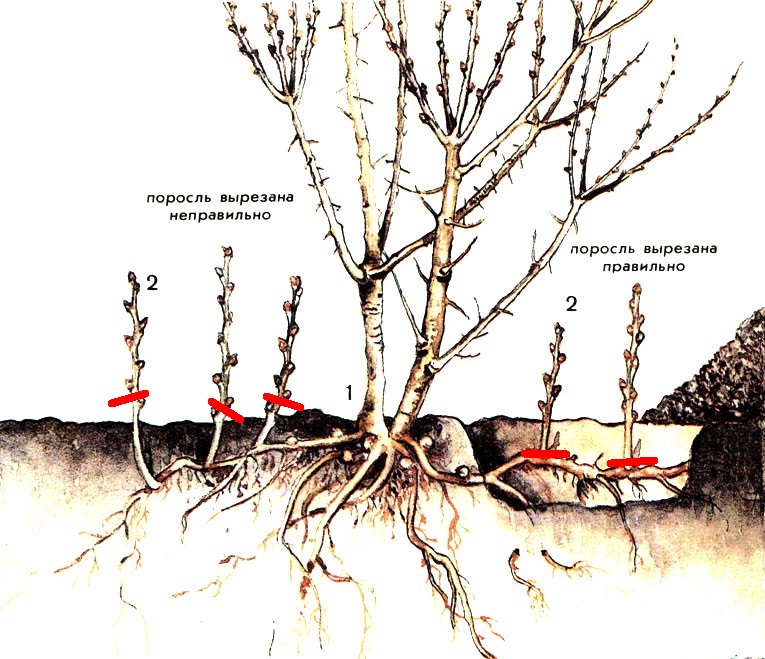
Cuttings
The most popular method that allows you to immediately identify the "male" and "female" plant. The stalk must have several fertile buds. The length of the seedling is at least 8 cm. First, the cutting is placed in a growth stimulant solution, then planted in sandy-peat soil, deepening by 3-4 cm. When the cutting has strong roots, it can be transplanted to a permanent place.
Shepherdia silver in landscape design
Bright colors, an abundance of foliage and berries, unpretentious care made the plant a favorite of designers and gardeners. Low-growing shrubs are great for creating hedges and park oases.
Large specimens are perfect as decoration and shading of the coastal zone or the area of the reservoir. If you add an ensemble of climbing rose bushes, then a light shade of Provence will add charm to the overall picture.
The advantages of Shepherdia are worth planting a couple of shrubs in the country or in a personal plot. In spring and summer, the appearance will delight the eye, and the tincture and wonderful sauces for meat will delight the taste buds in winter.

